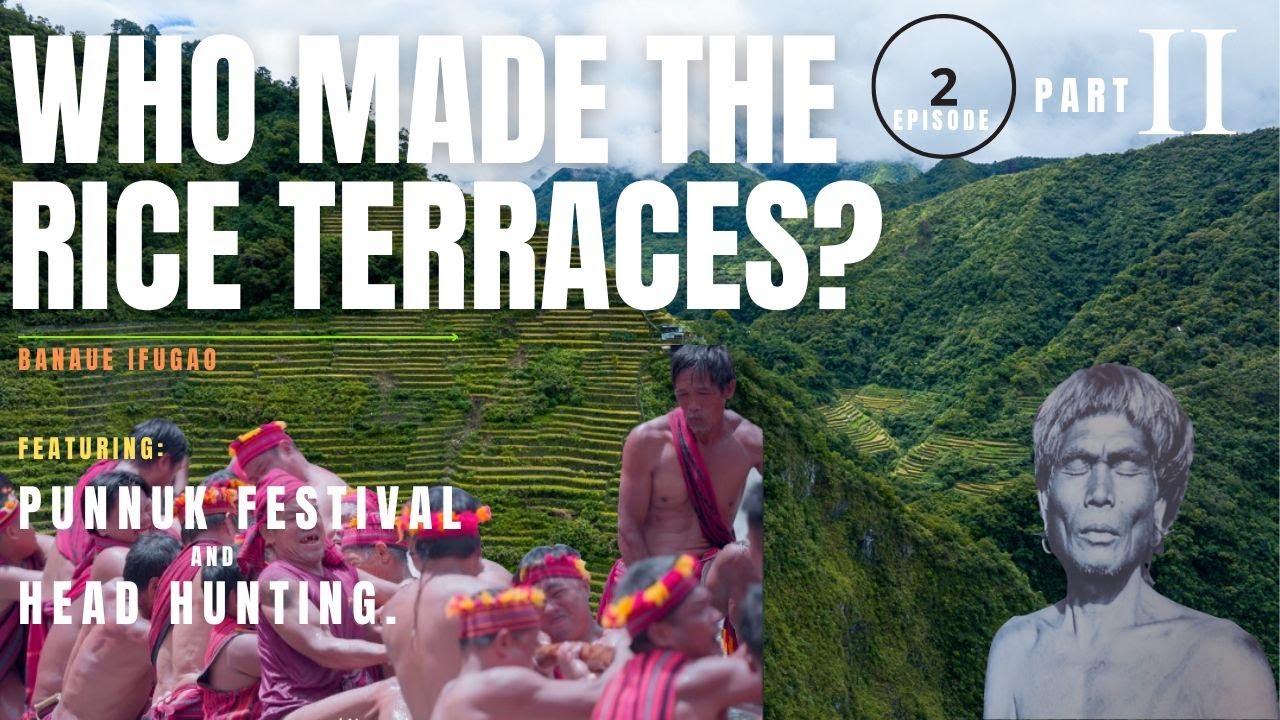Tribal Art: BBC Documentary
Summary
TLDRThis video explores the rich cultural heritage of African art, focusing on the Doon people's sculptures and rituals. It highlights the historical significance of artifacts like the Doon couple, showcasing their spiritual purposes in ceremonies and the deep connection to community identity. The journey from London to West Africa reveals ongoing traditions, the challenges of preservation, and the role of blacksmiths in creating sacred statues. By emphasizing the interplay between art and spirituality, the narrative captures the essence of a culture at risk of extinction, while demonstrating the enduring power of these artistic expressions.
Takeaways
- 🎨 African art, particularly masks and carvings, has deep spiritual significance and was historically used in rituals.
- 💰 A record African wood carving sold for over $7 million, reflecting the high demand for authentic African art.
- 🏛️ The Duke of Burgundy's acquisition of an African idol in 1480 highlights the historical fascination Europeans have had with African art.
- 🪑 The Doon couple sculpture, significant for its representation of ideals like twin coupling, exemplifies the skill in African carving.
- 🌍 The journey to explore Doon culture emphasizes the importance of understanding the origins and significance of these artifacts.
- 🏞️ The Niger River has historically been a crucial trade route and lifeblood for the communities in this region.
- 🤝 Traditional villages, like Kundu, primarily consist of families working as sculptors and carvers, maintaining their cultural heritage.
- 🔍 Anthropologists have extensively studied the Doon culture, yet mysteries remain about their artistic and spiritual practices.
- 💃 The transformation of traditional dances into performances for tourists signifies changes in cultural expression and authenticity.
- 🛡️ Blacksmiths in Doon culture are revered figures believed to possess magical powers, further intertwining art and spirituality.
Q & A
What is the historical significance of African art to Europeans?
-African art has intrigued Europeans for centuries, with notable instances such as the Duke of Burgundy purchasing an African idol in 1480. This interest often stems from the spiritual and cultural dimensions embedded in the art.
What are some functions of African masks and carvings?
-Masks and carvings in African culture often serve sacred purposes, being integral to spiritual rituals and dances. They function as objects of power or fetishes to communicate with the spirit world.
What did Andrew Chunki say about the Doon couple sculpture?
-Andrew Chunki described the Doon couple as a remarkable piece of art, emphasizing its intricate carving from a single block and its representation of ideals such as twins and sacrificial offerings.
What challenges did the Doon people face historically?
-The Doon people faced significant threats from Islamic armies in the 15th century, leading them to retreat to the cliffs of Bandiagara to preserve their way of life and protect themselves from slavery.
How is the significance of Andrew's statue perceived by the Doon villagers?
-While the villagers did not reach a consensus on Andrew's statue's origins or significance, they frequently mentioned the term 'tell them,' indicating an influence from ancient traditions.
What cultural adaptations have occurred in Doon dance traditions?
-Doon dances, originally secretive nocturnal funeral dances, have been adapted for performance in daylight for tourists, though they retain powerful cultural significance.
What role do masks play in Doon culture?
-Masks in Doon culture are vital for storytelling and representation, with approximately 78 distinct designs recorded, reflecting the evolution of characters and social roles.
What is the current status of Doon culture according to Noam?
-Noam expressed concern that Doon culture might be on the brink of extinction, highlighting the potential loss of belief systems and artistic traditions.
What are the responsibilities of Doon blacksmiths?
-In Doon culture, blacksmiths hold a revered status, believed to possess special powers. They are traditionally responsible for creating sacred funeral statues and invoking rain, reflecting their role as healers.
What is the purpose of the deay statues in Doon traditions?
-Deay statues serve as fetishes to communicate with the spirit world, used in rituals and sacrifices to ensure blessings such as good harvests. They are considered objects of spiritual purpose rather than mere art.
Outlines

This section is available to paid users only. Please upgrade to access this part.
Upgrade NowMindmap

This section is available to paid users only. Please upgrade to access this part.
Upgrade NowKeywords

This section is available to paid users only. Please upgrade to access this part.
Upgrade NowHighlights

This section is available to paid users only. Please upgrade to access this part.
Upgrade NowTranscripts

This section is available to paid users only. Please upgrade to access this part.
Upgrade NowBrowse More Related Video

O Povo Brasileiro - Episódio 1: Matriz Tupi

ART 8 | 1ST QTR | WEEK 1 - | ELEMENTS & PRINCIPLES OF ARTS | INTRODUCTION TO SOUTHEAST ASIAN ART

Who is the South African artist Nicholas Hlobo? by Lillian Gray

GRADE 8 ARTS-QUARTER 1 | Southeast Asian Arts, Crafts, and Sculpture

SOTR | Second Episode | Who Made the Rice Terraces | Part II |

AFRO CUBA: The African Diaspora in CUBA Part 2
5.0 / 5 (0 votes)